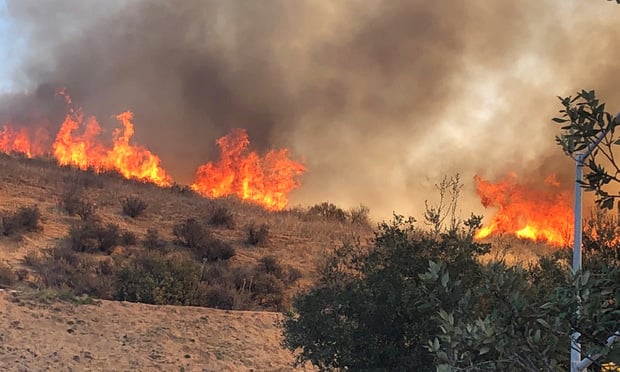On Jan. 29, Pacific Gas and Electric Co. (PG&E) filed for bankruptcy protection in California pursuant to Chapter 11 of the United States Bankruptcy Code. PG&E is the nation’s largest utility. It employs 24,000 people (15,000 of whom are subject to collective bargaining agreements) at a payroll expense of $4.8 billion annually and serves 16 million customers. It has $24 billion of outstanding funded debt. Despite the size of these numbers, the evidence available as of the date of this article reflects that PG&E was operating on a financially sound basis. As of Sept. 30, 2018, PG&E reported $71.4 billion in assets and $51.7 billion in liabilities on a book value basis. So what happened? What led to the bankruptcy?
In early November 2018, a wildfire known as the “Camp Fire” broke out, which ultimately incinerated over 150,000 acres, destroyed nearly 19,000 buildings, and took 86 lives in its wake. Property damage claims resulting from the California wildfires are now estimated to be $30 billion. California law (specifically California’s State Constitution, as interpreted by its courts) imposes a form of strict liability for property damage where a public entity’s equipment is involved in starting a fire: for example, an electric line sparking into a tree branch. PG&E’s filing stems, in large part, from the billions of dollars of claims that PG&E might be responsible for, pursuant to what is known as California’s “inverse condemnation” doctrine. See Declaration of Jason P. Wells, Senior Vice President and Chief Financial Officer of PG&E, Case No. 19-30088 (N.D. Cal.) (the “Wells Declaration”), at 3-4, 14-16.


 Wildfire in California.
Wildfire in California.




